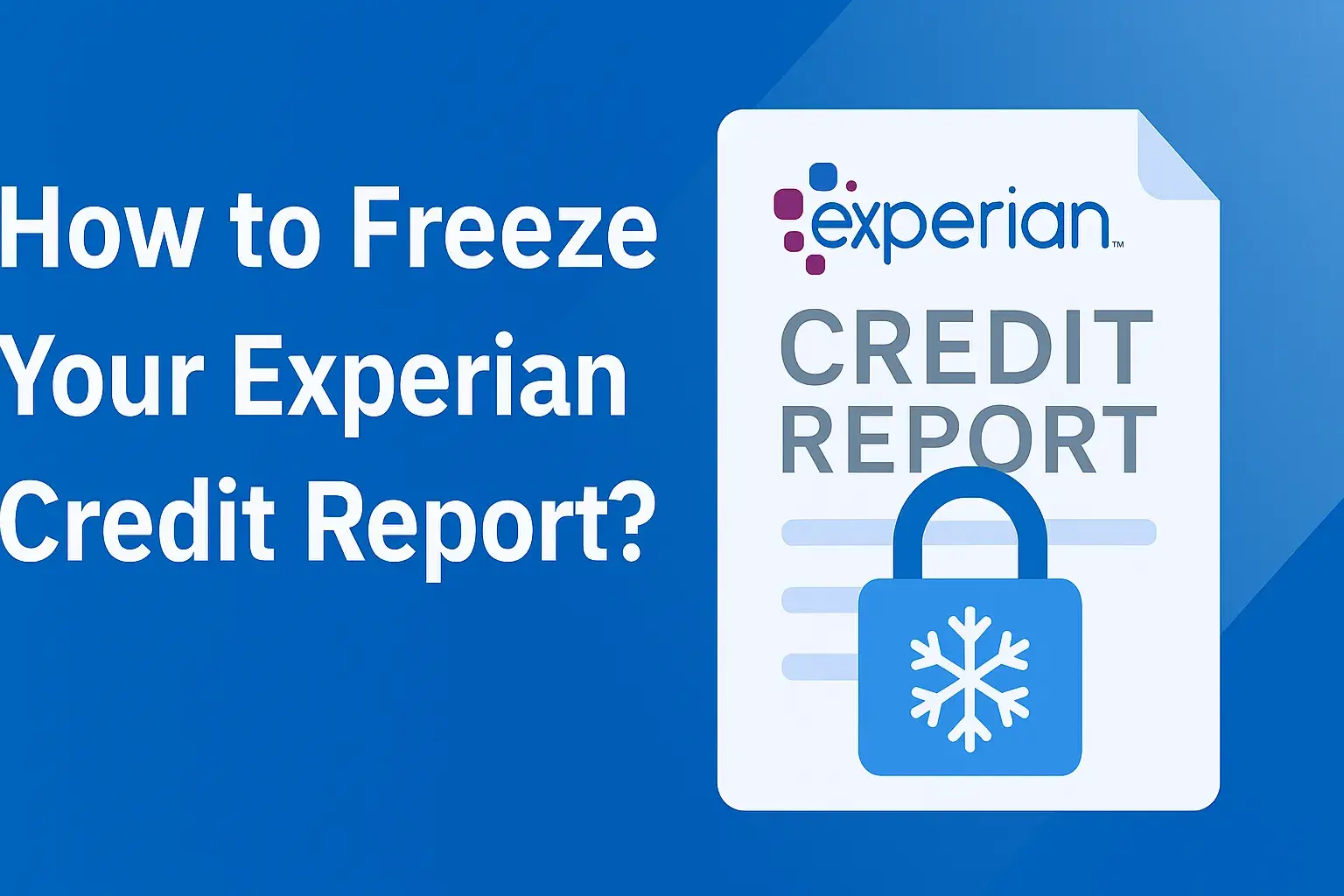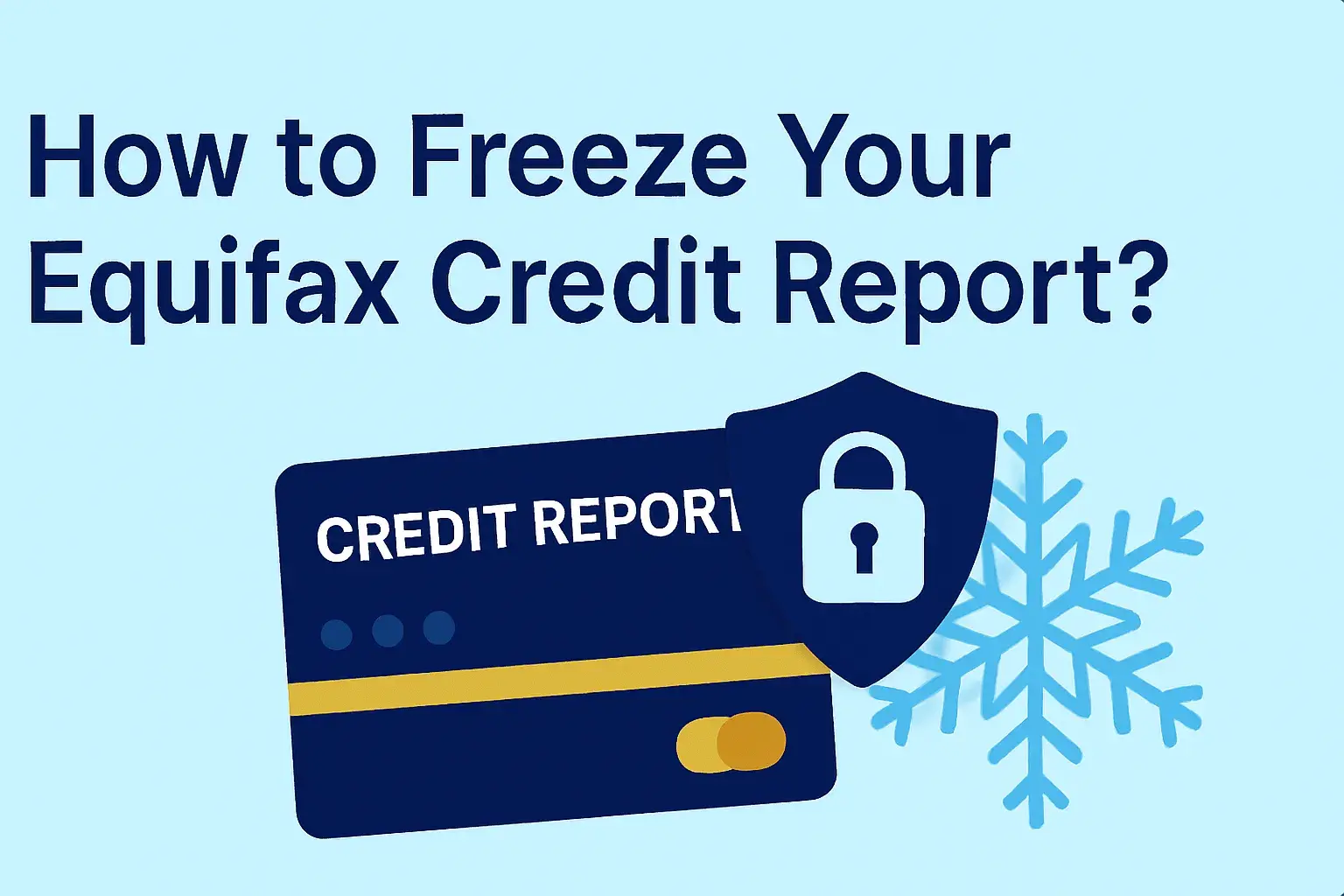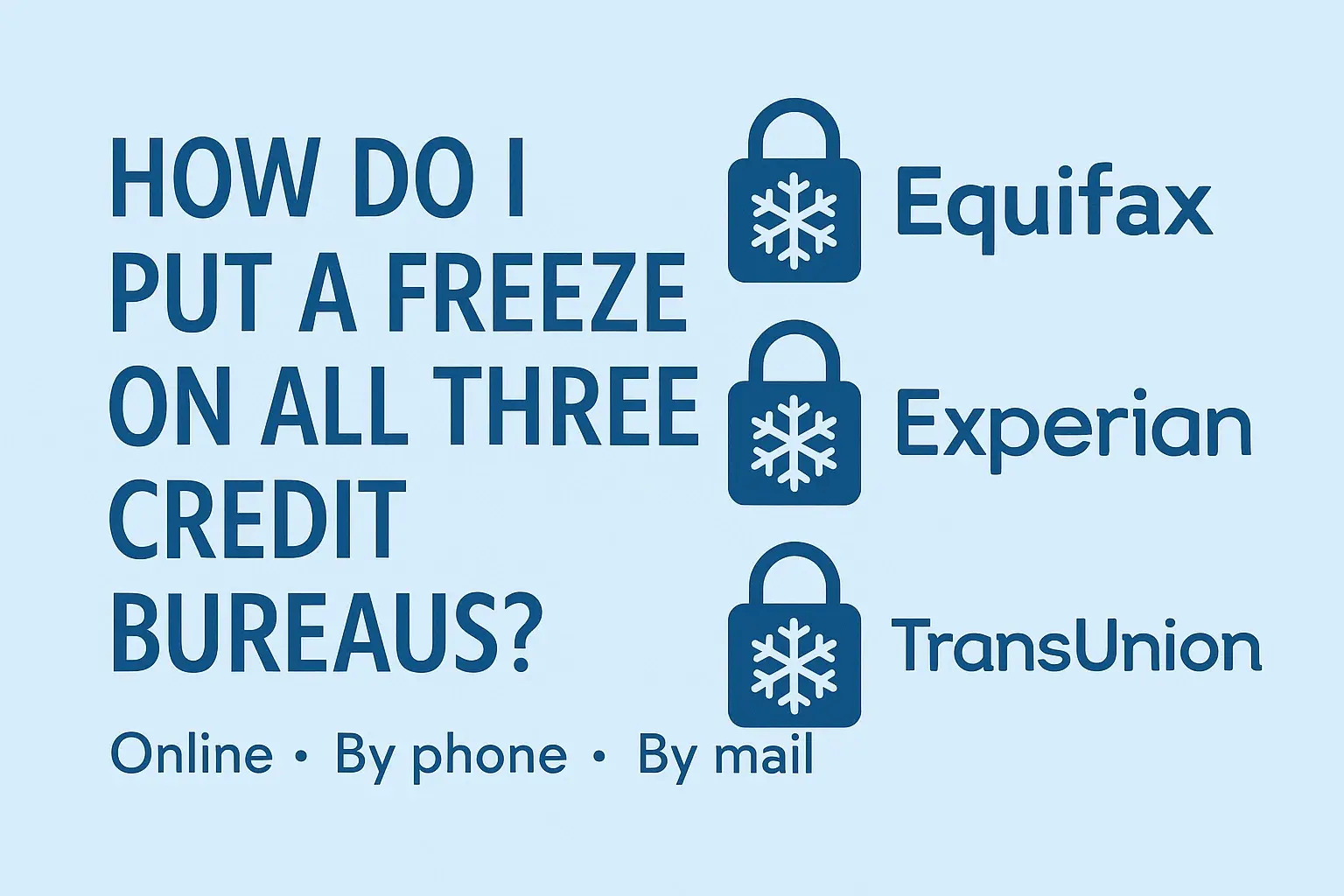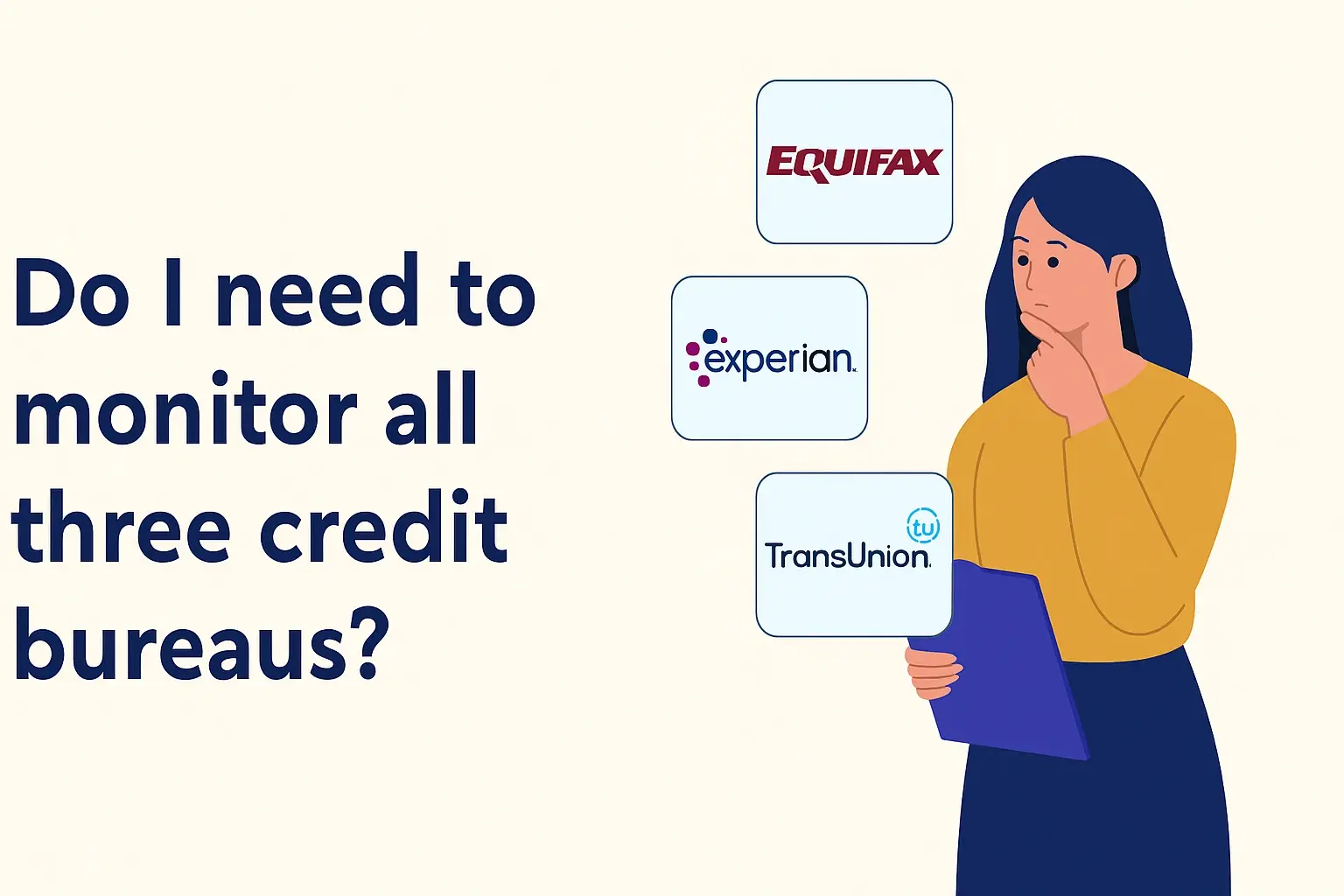-
Posted on: 09 Jan 2023
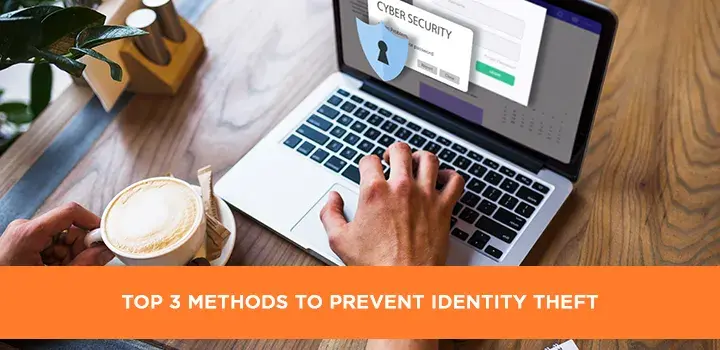
-
Introduction: Securing Your Digital Life in 2025
In 2025, safeguarding your personal information is more critical than ever. Identity theft remains a pervasive threat, impacting millions annually. This comprehensive guide unveils the top 3 methods to prevent identity theft, offering actionable strategies for CRE professionals and individuals alike to build robust defenses against evolving cyber threats.
Method 1: Fortifying Your Digital Defenses
The first line of defense against identity theft lies in strengthening your digital footprint. This involves implementing robust security measures across all your online accounts and devices. In the landscape of 2025, where data breaches are increasingly sophisticated, a multi-layered approach is essential. We'll delve into password management, multi-factor authentication, secure browsing habits, and device security.
1.1 Mastering Password Security
Weak or reused passwords are a hacker's best friend. In 2025, the average number of online accounts per person continues to climb, making password management a significant challenge. However, the principles of strong password creation remain fundamental, albeit with an increased emphasis on complexity and uniqueness.
1.1.1 Creating Unbreakable Passwords
A strong password should be long, complex, and unique for each account. Avoid using easily guessable information like birthdays, pet names, or common words. Instead, aim for a combination of uppercase and lowercase letters, numbers, and symbols. A passphrase approach, using a series of unrelated words, can also be highly effective and easier to remember. For instance, instead of "Password123," consider "CrimsonEagle7*CloudySky!".
Key Characteristics of a Strong Password:
- Length: Minimum 12-15 characters. Longer is always better.
- Complexity: Mix of uppercase letters, lowercase letters, numbers, and symbols.
- Uniqueness: Never reuse passwords across different accounts.
- Randomness: Avoid predictable patterns or personal information.
1.1.2 Leveraging Password Managers
Manually creating and remembering unique, complex passwords for every online service is virtually impossible. This is where password managers become indispensable tools in 2025. These applications securely store all your login credentials, generating strong, unique passwords for each site and automatically filling them in when you log in. This significantly reduces the risk of using weak or compromised passwords. Popular and reputable password managers include LastPass, 1Password, and Bitwarden.
Benefits of Using a Password Manager:
- Generates strong, unique passwords automatically.
- Securely stores all your login credentials in an encrypted vault.
- Auto-fills login forms, saving time and reducing errors.
- Syncs across multiple devices for seamless access.
- Can store other sensitive information like credit card details and secure notes.
According to industry reports for 2025, over 70% of cyber incidents are attributed to compromised credentials, highlighting the critical role of robust password management.
1.2 Embracing Multi-Factor Authentication (MFA)
Multi-factor authentication, often referred to as two-factor authentication (2FA), adds an extra layer of security beyond just a password. It requires users to provide two or more verification factors to gain access to an account. This is a non-negotiable security measure in 2025 for all sensitive accounts.
1.2.1 Understanding the Factors
The verification factors typically fall into three categories:
- Something you know: Your password or PIN.
- Something you have: A physical token, a smartphone (receiving a code via SMS or an authenticator app), or a smart card.
- Something you are: Biometric data like a fingerprint or facial scan.
1.2.2 Implementing MFA Effectively
For any online service that offers MFA, enable it immediately. This includes your email, banking, social media, and any platform that handles sensitive personal or financial data. While SMS-based codes are common, authenticator apps (like Google Authenticator or Authy) or hardware security keys (like YubiKey) are generally considered more secure as they are less susceptible to SIM-swapping attacks.
In 2025, research indicates that enabling MFA can reduce the risk of account compromise by up to 99.9%. This simple step dramatically increases the difficulty for unauthorized access.
1.3 Practicing Secure Browsing Habits
Your web browser is a gateway to the internet, and how you use it directly impacts your security. In 2025, malicious websites and phishing attempts are more sophisticated than ever, designed to trick you into revealing personal information or downloading malware.
1.3.1 Identifying and Avoiding Phishing Scams
Phishing attacks are designed to impersonate legitimate entities (banks, government agencies, well-known companies) to lure victims into divulging sensitive data. In 2025, these scams are often highly personalized and can appear in emails, text messages, or even social media DMs.
Red Flags to Watch For:
- Urgency or threats (e.g., "Your account will be closed if you don't act now").
- Requests for personal information (passwords, social security numbers, credit card details).
- Suspicious sender email addresses or URLs that don't match the legitimate domain.
- Poor grammar or spelling.
- Generic greetings (e.g., "Dear Customer").
- Unexpected attachments or links.
If you receive a suspicious communication, do not click on any links or download attachments. Instead, navigate directly to the organization's official website by typing the URL into your browser or call them using a trusted phone number.
1.3.2 Ensuring Secure Connections (HTTPS)
Always look for the padlock icon in your browser's address bar and ensure the URL begins with "https://" (not just "http://"). This indicates that the connection between your browser and the website is encrypted, protecting your data from being intercepted by third parties. This is particularly crucial when entering sensitive information like payment details or personal identifiers. Many browsers now offer warnings for non-HTTPS sites, but it's a habit worth cultivating independently.
1.3.3 Keeping Software Updated
Software developers regularly release updates to patch security vulnerabilities. Outdated software, including your operating system, web browser, and plugins, can leave your devices exposed to known exploits. In 2025, automated updates are standard for most operating systems and browsers, but it's essential to ensure they are enabled and running. Regularly check for updates for all installed applications.
1.4 Securing Your Devices
Your smartphones, laptops, and tablets are repositories of vast amounts of personal data. Protecting these devices is paramount to preventing identity theft.
1.4.1 Device Encryption
Most modern smartphones and laptops come with built-in encryption capabilities. Enabling full-disk encryption ensures that if your device is lost or stolen, the data on it is unreadable without the correct password or PIN. This is a fundamental security feature that should be enabled for all devices storing sensitive information.
1.4.2 Strong Screen Locks and Biometrics
Always use a strong PIN, password, or biometric authentication (fingerprint or facial recognition) to lock your devices. Avoid simple or easily guessable codes. Set your devices to lock automatically after a short period of inactivity.
1.4.3 Antivirus and Anti-Malware Software
Install reputable antivirus and anti-malware software on all your computers and mobile devices. Keep this software updated and run regular scans. In 2025, these tools are essential for detecting and removing malicious software that could steal your information or compromise your device.
1.4.4 Wi-Fi Security
Be cautious when using public Wi-Fi networks. These networks are often unsecured and can be monitored by attackers. Avoid accessing sensitive accounts or conducting financial transactions on public Wi-Fi. If you must use public Wi-Fi, consider using a Virtual Private Network (VPN), which encrypts your internet traffic. For your home Wi-Fi, ensure it is password-protected with a strong, unique password and uses WPA2 or WPA3 encryption.
Method 2: Vigilant Monitoring and Proactive Checks
Even with the strongest digital defenses, proactive monitoring of your financial accounts and personal information is crucial. Early detection of suspicious activity is key to mitigating the damage caused by identity theft. In 2025, this involves leveraging technology and staying informed about potential threats.
2.1 Monitoring Financial Accounts
Your bank accounts, credit cards, and investment portfolios are prime targets for identity thieves. Regular monitoring can help you spot unauthorized transactions quickly.
2.1.1 Regular Statement Review
Make it a habit to review your bank and credit card statements at least once a week, if not more frequently. Look for any transactions you don't recognize, no matter how small. Many financial institutions offer mobile apps that allow for real-time transaction alerts, which are invaluable for immediate detection.
2.1.2 Setting Up Alerts
Most banks and credit card companies allow you to set up custom alerts for various activities. These can include alerts for:
- Large transactions (above a certain amount).
- Online purchases.
- International transactions.
- Low account balances.
- Password changes or new logins to your account.
These alerts can be sent via email or text message, providing immediate notification of potential fraudulent activity.
2.2 Understanding and Utilizing Credit Reports
Your credit report contains a detailed history of your borrowing and repayment activities. Identity thieves can open new accounts in your name, which will appear on your credit report. Regularly checking your credit report is a powerful way to detect this.
2.2.1 Accessing Your Credit Reports
In the United States, you are entitled to a free credit report from each of the three major credit bureaus (Equifax, Experian, and TransUnion) once every 12 months. You can request these reports through the official website AnnualCreditReport.com. In 2025, many services also offer free access to your credit score and regular credit report monitoring.
2.2.2 What to Look For on Your Credit Report
When reviewing your credit report, be vigilant for:
- Accounts you did not open.
- Inquiries from lenders you did not apply to.
- Incorrect personal information (address, employer).
- Public records (liens, bankruptcies) that are not yours.
2.2.3 Credit Freezes and Fraud Alerts
To prevent new accounts from being opened in your name, you can place a credit freeze (also known as a security freeze) with each of the credit bureaus. This restricts access to your credit report, making it difficult for identity thieves to open new lines of credit. You can temporarily lift a freeze if you need to apply for credit yourself.
A fraud alert is another option, which requires creditors to take extra steps to verify your identity before extending credit. There are different types of fraud alerts, including initial fraud alerts (lasting one year) and extended fraud alerts (lasting seven years for victims of identity theft).
2.3 Monitoring Your Personal Information
Beyond financial accounts, other personal information can be exploited. Keeping tabs on where your information is being used and if it has been compromised is a proactive step.
2.3.1 Social Security Number (SSN) Protection
Your SSN is one of the most sensitive pieces of personal information. It should be protected rigorously. Avoid carrying your SSN card with you. Only provide your SSN when absolutely necessary and to trusted entities. In 2025, be wary of any unsolicited requests for your SSN.
2.3.2 Monitoring for Data Breaches
Data breaches are unfortunately common. Services like Have I Been Pwned allow you to check if your email address or phone number has been compromised in known data breaches. If your information is found, it's a strong signal to change passwords associated with that email and to be extra vigilant about other accounts.
2.3.3 Checking for Identity Theft Symptoms
Be aware of common signs that your identity may have been stolen:
- Receiving bills or credit card statements for accounts you didn't open.
- Being denied credit or offered unfavorable terms for no apparent reason.
- Receiving calls or letters from debt collectors for debts you don't owe.
- Finding medical services or treatments billed to your insurance that you didn't receive.
- Receiving government correspondence about taxes or benefits you didn't apply for.
- Being notified by companies that your personal information was compromised in a data breach.
2.4 Utilizing Identity Theft Protection Services
In 2025, a growing number of services offer comprehensive identity theft protection. These services typically combine credit monitoring, dark web monitoring, and restoration services.
2.4.1 What These Services Offer
These services can:
- Monitor your credit reports from all three bureaus for new account activity.
- Scan the dark web for your personal information (SSN, email addresses, passwords, etc.).
- Alert you to potential threats and suspicious activity.
- Provide assistance in restoring your identity if it is compromised, often including dedicated case managers.
2.4.2 Choosing the Right Service
When selecting an identity theft protection service, consider what features are most important to you. Compare pricing, the scope of monitoring, and the level of restoration support offered. Some reputable providers include IdentityForce, LifeLock, and Aura. While these services can be a valuable addition to your security strategy, they are not a substitute for practicing good security habits.
Comparison of Monitoring Strategies:
Strategy Primary Focus Frequency Key Benefit Financial Account Review Unauthorized Transactions Daily/Weekly Immediate detection of financial fraud. Credit Report Monitoring New Account Activity Quarterly/Annually (or via service) Detects new fraudulent accounts opened in your name. Data Breach Monitoring Compromised Credentials As needed/Ongoing (via service) Identifies if your information is exposed online. Identity Theft Protection Services Comprehensive Continuous Bundled monitoring and restoration support. Method 3: Educating Yourself and Your Household
The most sophisticated technological defenses can be undermined by a lack of awareness. Education is a powerful tool in preventing identity theft, empowering individuals to recognize threats and make informed decisions. This is especially true for families, where multiple individuals may be targets.
3.1 Understanding Common Identity Theft Scenarios
Knowing how identity thieves operate is the first step in protecting yourself. In 2025, while methods evolve, the core principles often remain the same.
3.1.1 Digital Threats
This category includes phishing, malware, ransomware, and social engineering attacks conducted online. As mentioned earlier, these aim to trick individuals into divulging information or granting access.
3.1.2 Physical Theft
This involves the physical theft of wallets, purses, mail, or even discarded documents (dumpster diving). While less common in the digital age, it remains a viable method for criminals. Shredding sensitive documents before disposal is crucial.
3.1.3 Data Breaches
When companies that store your personal information are hacked, your data can be exposed. This is often beyond your direct control but can be mitigated by strong password practices and monitoring.
3.1.4 Synthetic Identity Theft
This is a growing concern where thieves combine real and fake information to create a new identity. For example, they might use a real Social Security Number with a fabricated name and address. This can be harder to detect as it doesn't immediately show up as an unauthorized account on *your* existing credit report.
3.2 Educating Family Members
Identity theft is not just an individual concern; it can affect entire families. Children, in particular, are increasingly targeted because their compromised identities may go undetected for years, leading to significant long-term damage.
3.2.1 Protecting Children's Identities
Children have Social Security Numbers that can be exploited to open fraudulent accounts or even file fraudulent tax returns.
Key Steps for Protecting Children:
- Limit SSN Sharing: Only provide your child's SSN when absolutely necessary, such as for tax purposes or opening a bank account.
- Monitor Their Credit: While children typically don't have credit, it's wise to check annually for any signs of fraudulent activity using their SSN. Some services offer specialized child identity monitoring.
- Educate Them Early: As children get older, teach them about online safety, the importance of strong passwords, and the dangers of sharing personal information online.
- Secure Documents: Keep your child's Social Security card and birth certificate in a safe place.
3.2.2 Teaching Safe Online Behavior
Instill good online habits in all family members. This includes:
- Being skeptical of unsolicited messages.
- Not clicking on suspicious links or downloading unknown attachments.
- Using strong, unique passwords and enabling MFA.
- Understanding privacy settings on social media.
- Being cautious about what information is shared publicly online.
3.3 Staying Informed About Current Threats
The landscape of cyber threats is constantly evolving. Staying informed is crucial for adapting your defenses.
3.3.1 Following Security News and Alerts
Reputable cybersecurity news outlets and government agencies often publish alerts about emerging threats and scams. Regularly checking these resources can provide valuable insights into current risks. Organizations like the Federal Trade Commission (FTC) in the U.S. provide excellent resources on identity theft prevention.
3.3.2 Understanding New Technologies and Their Risks
As new technologies emerge, so do new vulnerabilities. For instance, the rise of AI-generated content and deepfakes in 2025 presents new challenges for verifying authenticity and detecting sophisticated scams. Understanding these emerging threats allows for better preparation.
3.4 Developing an Identity Theft Response Plan
Despite best efforts, identity theft can still occur. Having a plan in place can significantly reduce the stress and damage.
3.4.1 Steps to Take if You Suspect Identity Theft
If you believe you have been a victim of identity theft, act quickly:
- Contact the companies involved: If fraudulent accounts were opened, contact the financial institution or company where the fraud occurred.
- Place a fraud alert or credit freeze: Contact one of the three major credit bureaus (Equifax, Experian, TransUnion). They will notify the other two.
- File a complaint with the FTC: Visit IdentityTheft.gov to report the theft and create a recovery plan.
- File a police report: This can be helpful documentation for resolving issues with creditors.
- Change your passwords: Immediately change passwords on all your affected and related accounts.
3.4.2 Documenting Everything
Keep meticulous records of all communications, reports filed, and actions taken. This documentation is vital for resolving disputes and recovering from identity theft.
Key Educational Pillars:
Pillar Focus Area Actionable Steps 2025 Relevance Understanding Threats Digital, Physical, Data Breaches, Synthetic Learn common scam tactics, recognize red flags. AI-driven scams, sophisticated social engineering. Family Protection Children's Identities, Household Habits Secure SSNs, teach online safety, monitor children's credit. Increased targeting of minors, family-wide data breaches. Staying Informed Emerging Threats, Security News Follow security alerts, understand new technologies. Rapidly evolving cyber landscape, new attack vectors. Preparedness Response Plan, Documentation Know steps to take, gather necessary documents. Faster response times are crucial for damage control. Conclusion: Your Ongoing Commitment to Identity Protection
In the dynamic digital environment of 2025, preventing identity theft is not a one-time task but an ongoing commitment. The top three methods—fortifying your digital defenses with strong passwords and MFA, maintaining vigilant monitoring of your financial and personal information, and continuously educating yourself and your household—form a powerful, interconnected strategy. By implementing these strategies diligently, you significantly reduce your risk of becoming a victim. Remember that proactive measures are always more effective and less costly than reactive responses. Stay informed, stay vigilant, and make identity protection a priority in your daily life.

